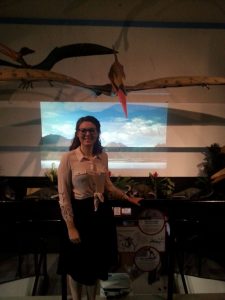Sorry for this very random and out of place blog post regarding Week 2. I was worried that I did not have 8 posts so thought I would write about this week’s topic as well because it was one that really stood out for me so I was surprised I had not reflected on it ! (Who knows what I was doing instead!)
Heritage, museums, and digital heritage to me is all about the public, there would be none of it without an audience. Trove Traces really highlighted this, that whilst everything might be about the audience and the public – we have really no control of how they may engage with digital data/representations, how they will feel about it or take away from it. It is completely unexpected, and therefore makes the digital world constantly changeable and different to every person that works through it. I saw this in the class as well with how different people reacted to things differently, and the different types of projects we all came up with.
I really loved the crowdsourcing projects, and will admit I spent quite a well on the Measuring the ANZAC’s at home. I liked it because it wasn’t an assignment, there was no pressure for me to do however many however fast. It was so interesting to actually engage with the documents and make a small difference in their research and context. It lets you be apart of the history, and shows how much work there is to constantly do in this field!
